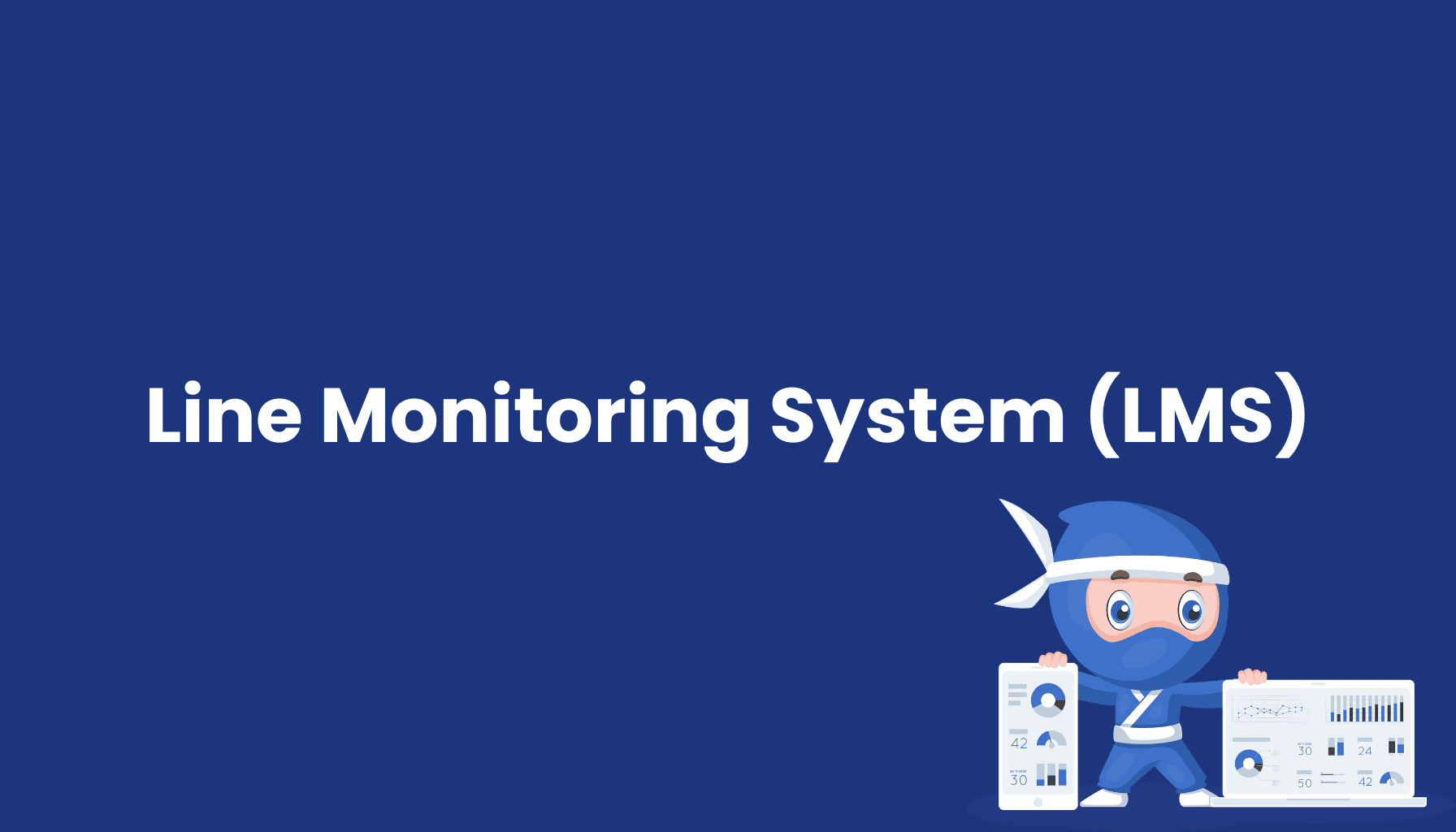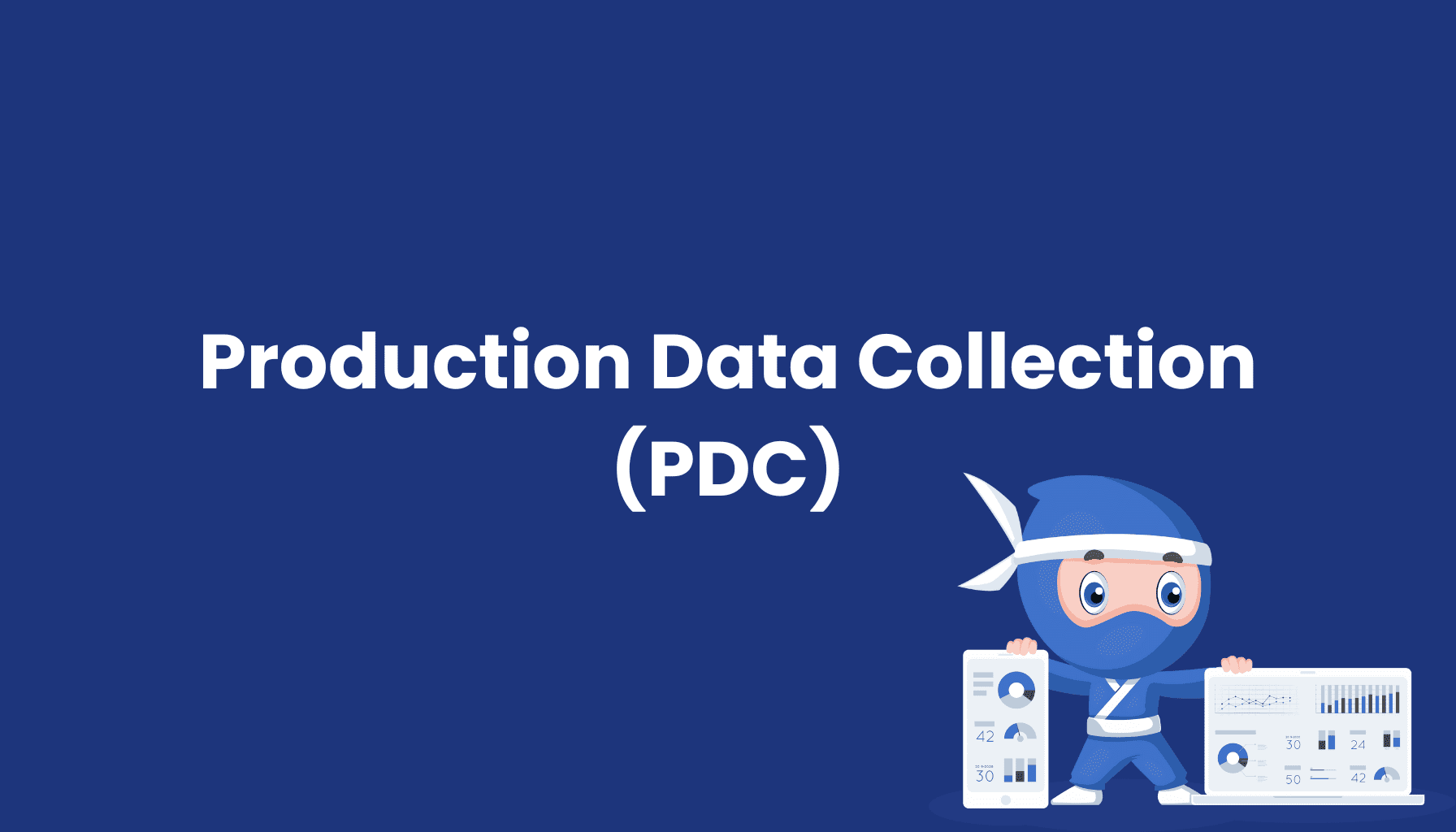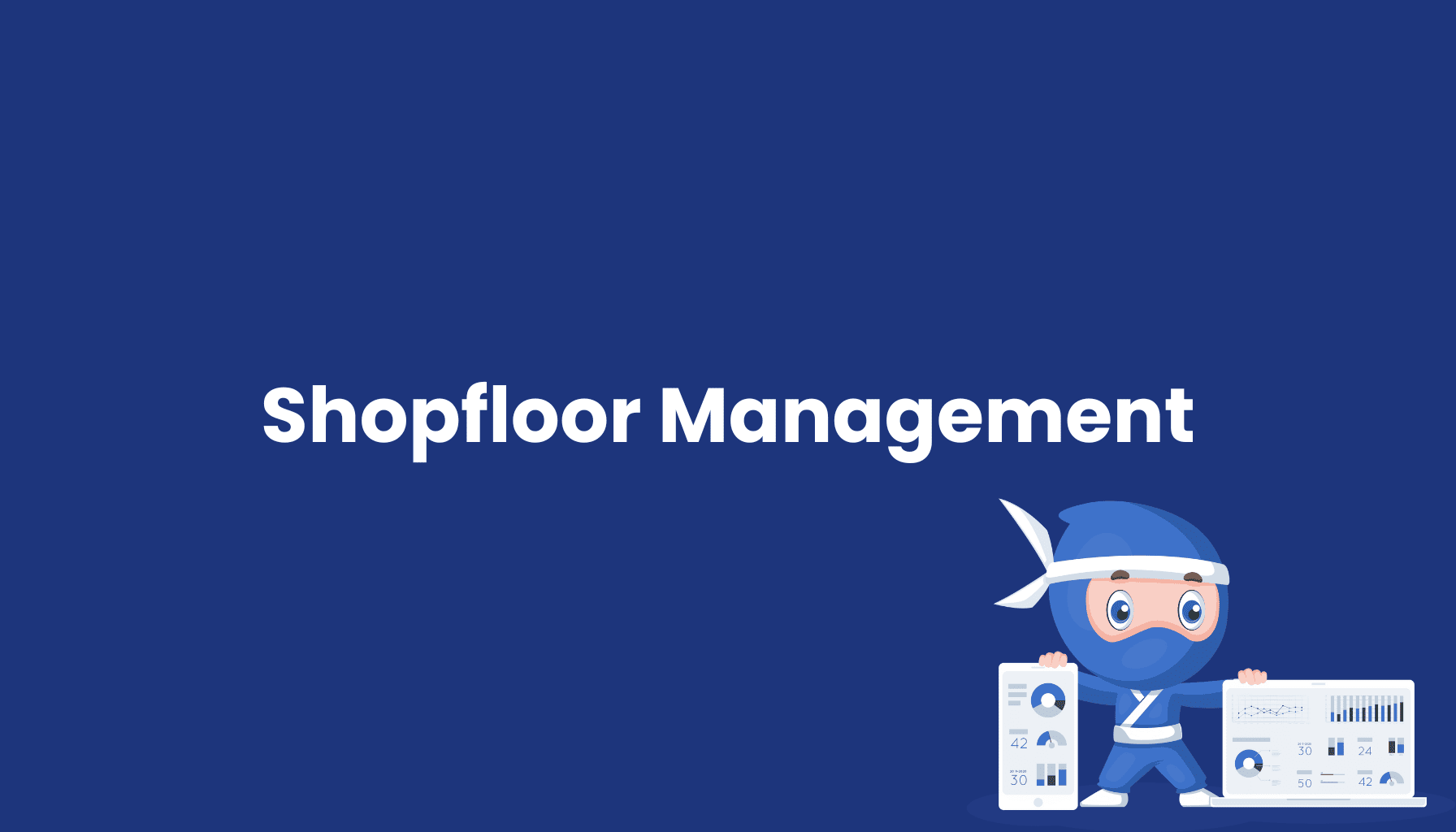Line Monitoring System (LMS)

What is a Line Monitoring System (LMS)?
A Line Monitoring System (LMS) is a real-time solution that monitors and analyzes the performance of production lines. It collects crucial data such as throughput, downtime, and other key performance indicators (KPIs) to optimize efficiency and reduce downtime. LMS solutions are widely used in manufacturing to enhance production transparency and flexibility, allowing immediate identification and resolution of issues.
Key Features of a Line Monitoring System:
-
Real-time Monitoring: LMS continuously tracks the status and performance of the production line, sending immediate alerts or reports in case of deviations from the desired parameters.
-
Data Analysis: It captures and analyzes performance data such as production speed, error rates, or machine utilization, helping to identify areas for improvement.
-
Error Detection: LMS systems promptly detect issues in the production process, allowing for immediate corrective actions to prevent prolonged disruptions.
Benefits of Line Monitoring Systems:
-
Increased Production: Continuous data collection and analysis help optimize production workflows and boost overall output, maximizing machine utilization.
-
Reduced Downtime: Real-time monitoring allows for early detection of potential issues, minimizing unplanned downtimes, which in turn helps reduce operational costs.
-
Quality Control: By constantly overseeing processes, LMS ensures consistent product quality by identifying and correcting quality deviations instantly.
Line Monitoring and MES Systems
In modern manufacturing, Manufacturing Execution Systems (MES) are crucial for integrating Line Monitoring Systems. By linking LMS with a cloud-based MES system, companies can monitor the entire production chain in real-time and make data-driven decisions. This leads to better control of production lines, optimized resource usage, and more effective production planning.





